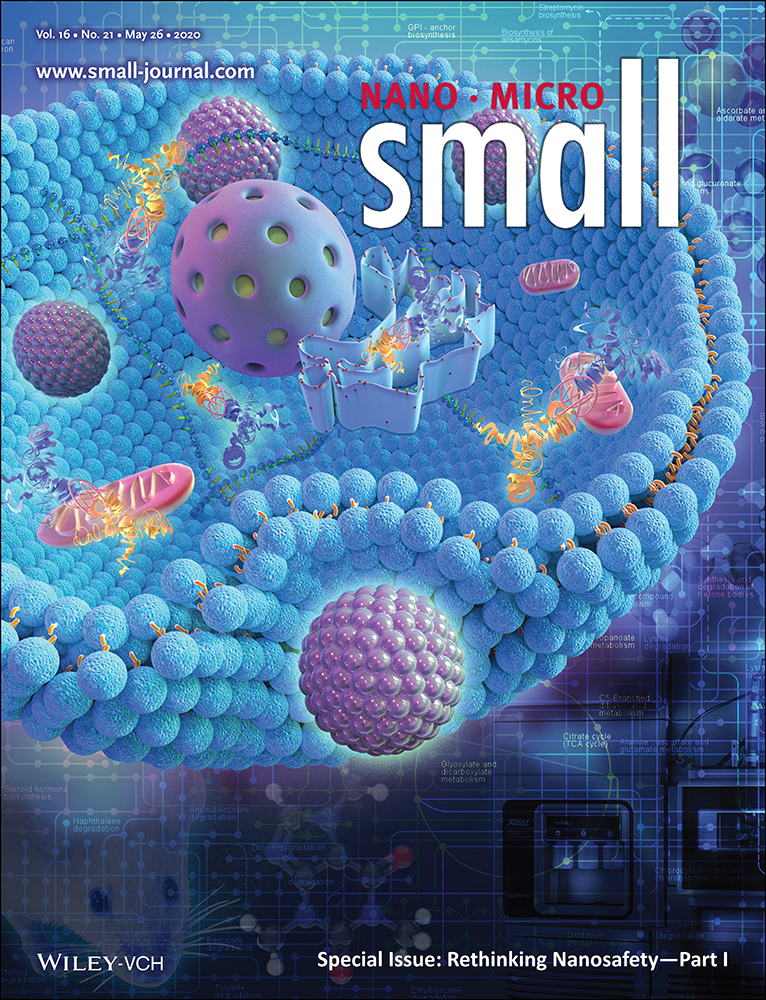Environmental Hazard Potential of Nano-Photocatalysts Determined by Nano-Bio Interactions and Exposure Conditions
Abstract
Nano-photocatalysts are known for their ability to degrade pollutants or perform water splitting catalyzed by light. Being the key functional ingredients of current and future products, the potential of nano-photocatalysts releasing into the environment and causing unintended harm to living organisms warrants investigation. Risk assessment of these materials serves as an important step to allow safe implementation and to avoid irrational fear. Using TiO2 and g-C3N4 as representative nano-photocatalysts, this study evaluates their hazard potential in zebrafish. Under simulated solar light, nano-photocatalysts up to 100 mg L−1 show no acute toxicity to zebrafish embryos due to the protection of chorions. The short-lived reactive oxygen species generated by nano-photocatalysts only exert injury to the hatched larvae at and above 50 mg L−1. The input of solar energy, determined by the depth of water, irradiation time, and light intensity, greatly influences the toxicity outcome. Increasing concentrations of natural organic matters contribute positively to the hazard potential at 0–10 mg L−1 while gradually diminishing the hazardous effect above 10 mg L−1. This study demonstrates the importance of nano-bio interactions and environmental exposure conditions in determining the safety profile of nano-photocatalysts.
Conflict of Interest
The authors declare no conflict of interest.




